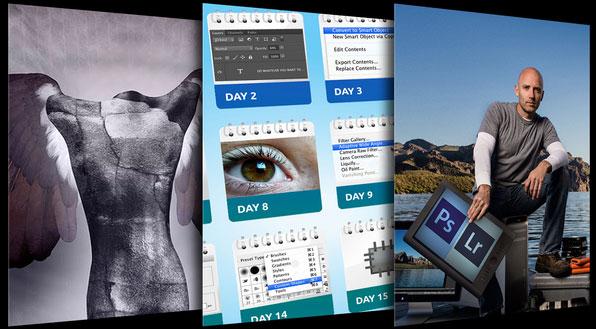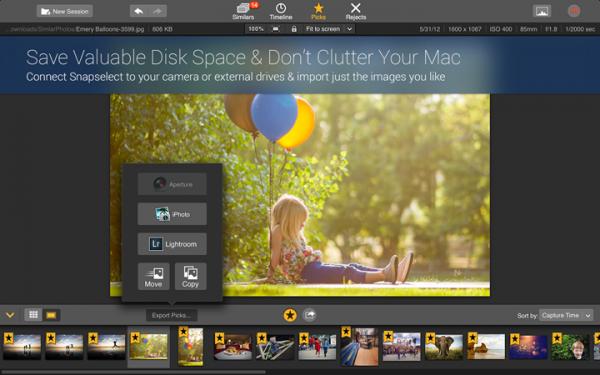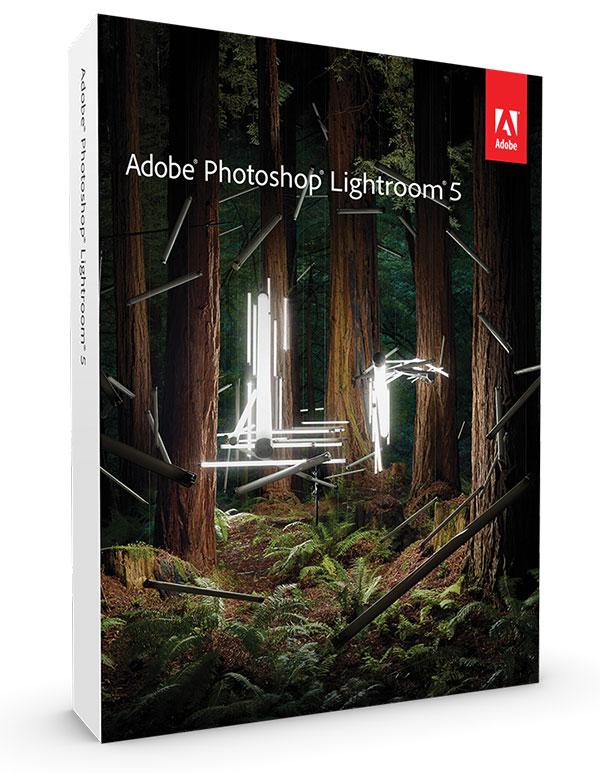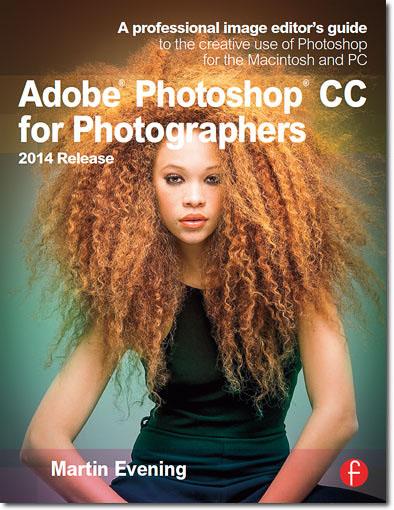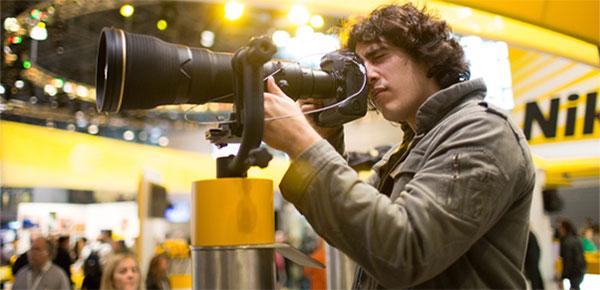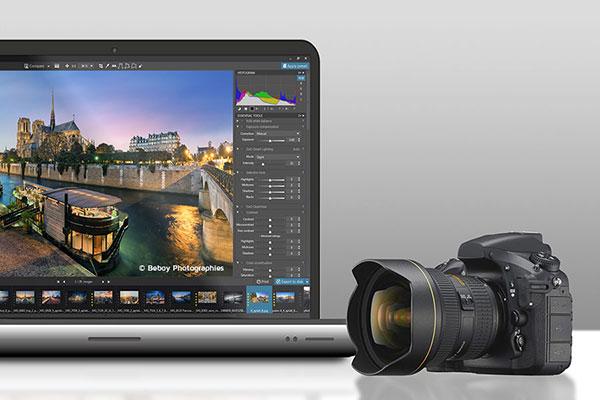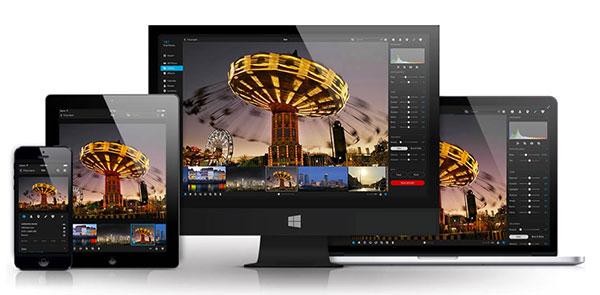|
Feb 20, 2015
|
Feb 19, 2015
|
Feb 09, 2015
|
Jan 07, 2015
|
Dec 18, 2014
|
Dec 11, 2014
|
Nov 25, 2014
|
Nov 19, 2014
|
Nov 18, 2014
|
Nov 14, 2014
|
Oct 30, 2014
|
Oct 29, 2014
|
Oct 09, 2014
